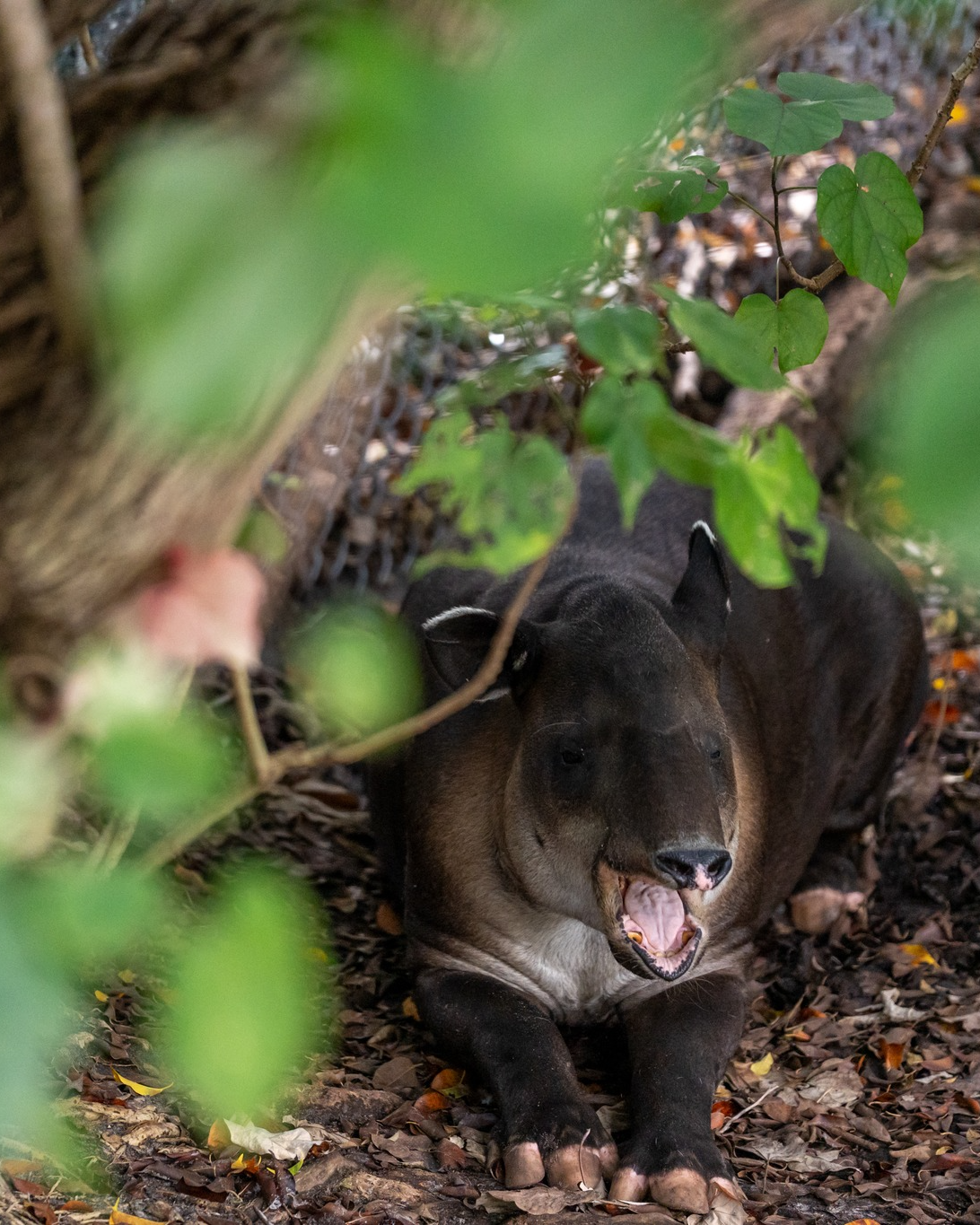- The significance of animal facial anatomy and expression in communicating physiological and emotional states.
- The role of zoos and wildlife conservation centers in animal care and education.
- Innovative announcements and developments in zoo management to enhance visitor experiences and animal welfare.
- The importance of public engagement in conservation efforts and environmental awareness.
- Scientific insights into animal welfare and habitat conservation strategies.
Animal faces convey a wealth of information about their emotional and physical states. Research in zoology shows that facial expressions in animals provide clues to their well-being, moods, and even intentions. In primates, for example, facial muscle structure allows for a range of expressions that communicate social signals. While horses use their long faces to express stress or relaxation through ear position and eye movement. Understanding these facial cues is crucial in zoo management, enabling caregivers to better monitor health and stress levels.
Zoos and wildlife conservation centers play a pivotal role in preserving species and educating the public about biodiversity. These institutions work diligently to protect endangered species, offering safe environments where animals can thrive. They’re not just homes for animals, but also centers of learning for visitors. Modern zoos aim to replicate natural habitats, providing animals the space and stimuli required for their mental and physical well-being. Such environments encourage natural behaviors, offering researchers valuable insights into animal life that can be applied to conservation efforts in the wild.
As part of ongoing innovations in zoo management, many institutions regularly introduce new exhibits, technologies, and programs designed to elevate the visitor experience while prioritizing animal welfare. Bringing technology into the mix, such as virtual reality experiences or interactive educational apps, adds an exciting layer to zoo visits that fosters deeper appreciation and understanding of wildlife. This also includes behind-the-scenes tours, allowing visitors to witness animal training and care processes that emphasize the commitment to high welfare standards.
Public engagement is a cornerstone of successful conservation initiatives. By visiting zoos and participating in educational programs, people become more aware of the challenges faced by wildlife globally. Each interaction plants a seed of stewardship, urging visitors to contemplate their role in environmental preservation. Strategic partnerships with schools, community groups, and conservation organizations amplify these efforts, creating a global dialogue around species conservation.
Scientific understanding of animal welfare and habitat conservation is advanced through research conducted in these settings. By observing animal behavior, health, and reproduction in controlled environments, researchers can identify patterns and solutions applicable to wild populations. For instance, studying social structures and mating behaviors in various species informs breeding programs designed to increase genetic diversity. Conservation science builds bridges between zoos, scientists, and the broader community, reinforcing the shared goal of protecting our planet’s biodiversity.
*****
Source Description
Why the long face? We have a big announcement coming later today. Stay tuned!!


